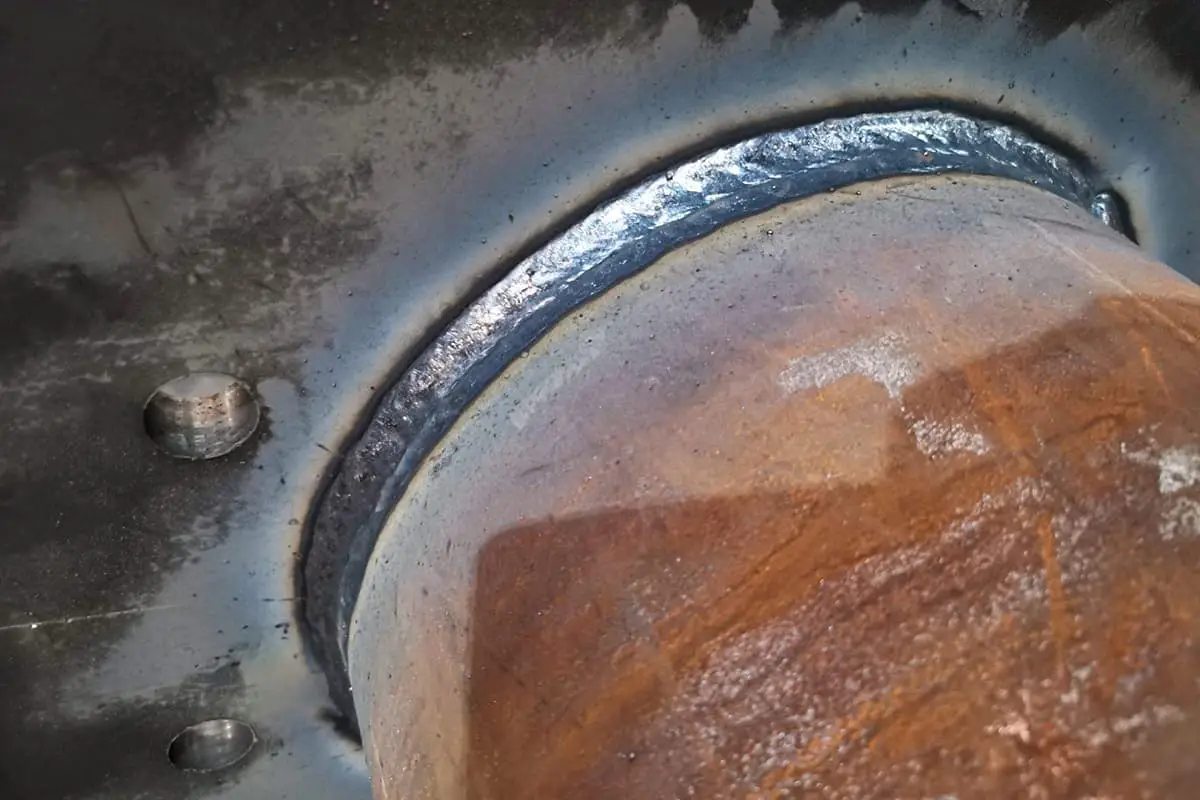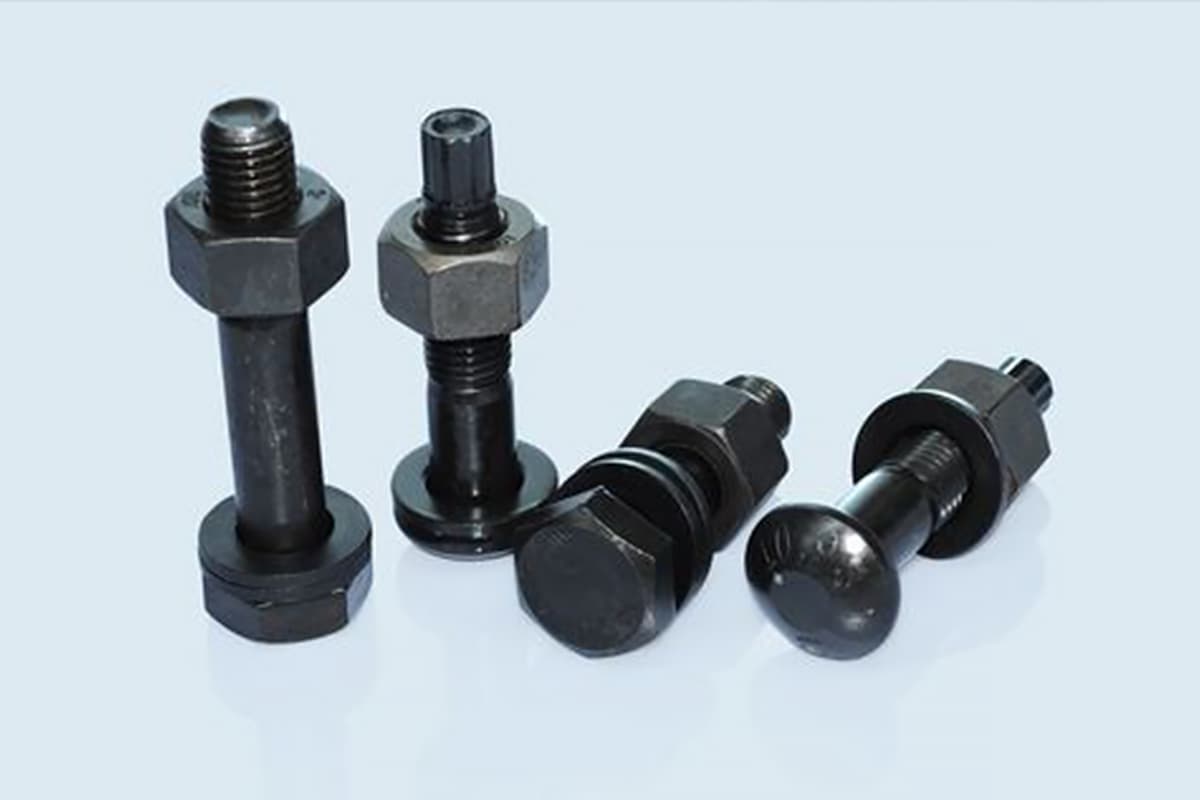
Have you ever wondered why some steel structures stand the test of time while others falter? This article explores the world of bolted and welded connections in steel structures, highlighting their unique advantages and disadvantages. By the end, you’ll understand how these connections impact the durability and cost-efficiency of steel constructions.

Bolted and welded connections are the two most common forms of assembly in various mechanical structures. This paper primarily compares and contrasts these two prevalent methods of connection in steel structures, summarizing their advantages and disadvantages.
Sections of composite steel components, such as steel plates or profiles, need to be connected together. The entire steel structure must be assembled into a whole at the connecting points. Therefore, the quality and cost-efficiency of a steel structure are directly influenced by the quality of its connection design.
In the past, steel structures have been connected using methods such as cotter pins, bolts, rivets, and welds. However, cotter pin and rivet connections are no longer used in new steel structures, so these methods will not be discussed further.

Welded connections are formed by melting the welding rod and the parts to be welded with the heat generated by an electric arc. Upon cooling, these melted parts solidify into a weld seam, thereby integrating the parts into a single unit.
Welded connections are the primary method of connecting current steel structures, with manual arc welding and automatic (or semi-automatic) submerged arc welding being the most commonly used welding methods.
Compared to bolted connections, welded structures have several advantages:
(1) Welded connections do not require drilling, so there is no weakening of the cross-section. There is also no need for additional connecting components, simplifying the construction. As a result, welded connections can save labor and materials, leading to economic benefits. These can be considered its most significant advantages.
(2) Welded structures offer good sealing, high rigidity, and excellent integrity. Moreover, some joints, such as Y- and T-shaped connections between steel pipes, are difficult to achieve with bolted connections or other methods, making welding the preferable option.
Welded joints come with the following shortcomings:
(1) They are affected by high temperatures during the welding process;
(2) Weld seams often contain various defects, and the base metal near the weld seam may become brittle, which can lead to stress concentration and enlarged cracks within the structure;
(3) Due to the rigidity of the welded structure, localized cracks can easily extend to the entirety of the structure. As mentioned earlier, welded structures are prone to low-temperature brittleness;
(4) After welding, uneven cooling-induced shrinkage can lead to residual welding stresses within the structure. This can cause some sections to enter plasticity prematurely when loaded, reducing the critical stress stability when compressed;
(5) After welding, uneven expansion and contraction can cause residual welding deformation, such as causing a flat steel plate to warp.
Given these limitations of welded joints, measures should be taken to avoid or reduce their negative impact during design, manufacturing, and installation.
Simultaneously, the quality of the weld seams should be inspected and accepted in accordance with the national standard “Quality Acceptance Specification for Steel Structure Engineering”.
Paying attention to material selection, weld seam design, welding process, welder technique, and enhanced weld seam inspection can prevent the occurrence of brittle weld seam failures.

Bolted connections unify components through the use of bolts, a type of fastener. There are two types of bolted connections: standard bolt connections and high-strength bolt connections.
Bolts used in steel structure connections are categorized as standard bolts and high-strength bolts. Standard bolts typically have hexagonal heads, and are graded as A, B, and C.
Grade C bolts can generally be made from Q235 steel, fashioned from hot-rolled round steel. These are coarse bolts, with relatively low requirements for bolt hole fabrication, hence they are widely used in standard bolt connections.
Grade A and B standard bolts are precision bolts, demanding higher manufacturing standards for both the bolt and the bolt hole. Installation of standard bolts usually involves manual wrenches, without a specific pre-tension requirement in the bolt.
High-strength bolts used in steel structures have a specific meaning. They are installed with a specially designed wrench, ensuring a prescribed pre-tension in the bolt and thus a specified pre-pressure on the contact surface of the connected plates.
To achieve the necessary pre-tension value, these bolts must be made from high-strength steel.
Although grades A and B standard bolts are also made from high-strength steel, they are still referred to as standard bolts.
Performance grades of high-strength bolts include 8.8 and 10.9. High-strength bolts are made from materials such as medium-carbon steel or alloy steel, which are heat-treated (quenched and tempered) for higher strength.
The tensile strength (fub) of 8.8 grade high-strength bolts is no less than 800N/mm2, with a yield strength ratio of 0.8. The tensile strength of 10.9 grade high-strength bolts is no less than 1000N/mm2, with a yield strength ratio of 0.9.
Bolted connections are favored for their time and labor efficiency, simplicity of required installation equipment, and less demanding skill requirements for construction workers compared to welders.
They are second only to welded connections in usage in steel structure connections. Bolted connections are divided into standard bolt connections and high-strength bolt connections.
Depending on the stress situation, each of these are further divided into three types: shear-resistant bolt connections, tension-resistant bolt connections, and bolt connections that simultaneously bear shear and tension.
Coarse-threaded bolts (Grade C bolts) are commonly used in standard bolted connections. Their shear resistance depends on the bolt shaft’s shear strength and the hole wall’s compression resistance.
Tensile resistance relies on the bolt’s axial pull resistance. Coarse-threaded bolted connections, which are generally used only in secondary components that don’t directly bear dynamic loads such as supports, rubbing strips, wall beams, small trusses, and removable structures, resist shear forces.
Conversely, due to the bolt’s superior tensile resistance, it’s commonly used in construction site node connections that put the bolt under tension.
In terms of conventional bolted connections, fine-threaded bolts (Grade A and B bolts) are used due to their high quality for high shear resistance connections.
However, because bolt fabrication is complex, installation requirements are high (the hole diameter and bolt shaft diameter are nearly identical), and the price is expensive, they are often replaced by high-strength bolt friction connections, which will be discussed later.
High-strength bolt bearing-type connections have the same requirements for bolt material, preload, and construction installation as friction-type connections.
The difference is that its ultimate bearing capacity is based on overcoming friction, where the connected plates slip relative to each other, and the bolt fails due to shear and hole wall compression.
Therefore, its bearing capacity is higher than that of high-strength bolt friction connections, saving connection materials. However, this type of connection is limited in its application due to the slip deformation that occurs after overcoming friction.
It is specified for use only in structures that bear static loads or indirectly bear dynamic loads. The surface treatment requirements for the contact surfaces of the connected components are lower than for friction connections, only requiring the removal of oil and floating rust.
The performance of bearing-type connections is identical to that of standard bolts, but due to the preload on the bolt shaft and the application of high-strength steel, the performance surpasses that of standard bolted connections.
Advantages of bolted connections: They offer a simple construction process and easy installation, making them particularly suitable for on-site assembly.
They are also convenient for disassembly, making them ideal for structures that need to be assembled and disassembled, as well as for temporary connections.
Disadvantages of bolted connections: They require holes to be drilled in the plates and matched during assembly, which increases the manufacturing workload. Moreover, higher precision is required in manufacturing.
Bolt holes also weaken the section of the components, and the connected parts often need to overlap each other or require additional auxiliary connection plates (or angle steel), making the structure more complex and increasing the consumption of steel.








